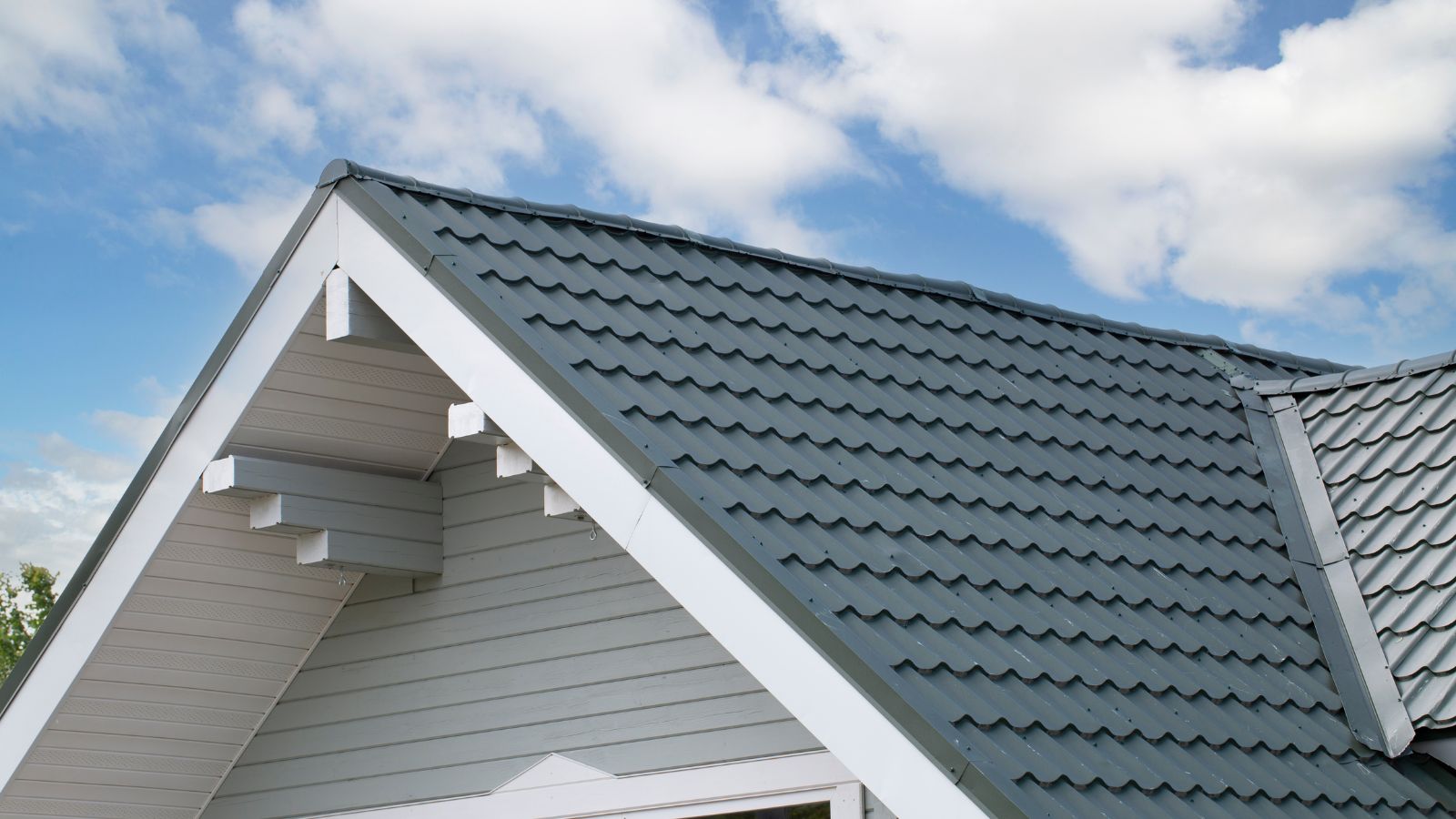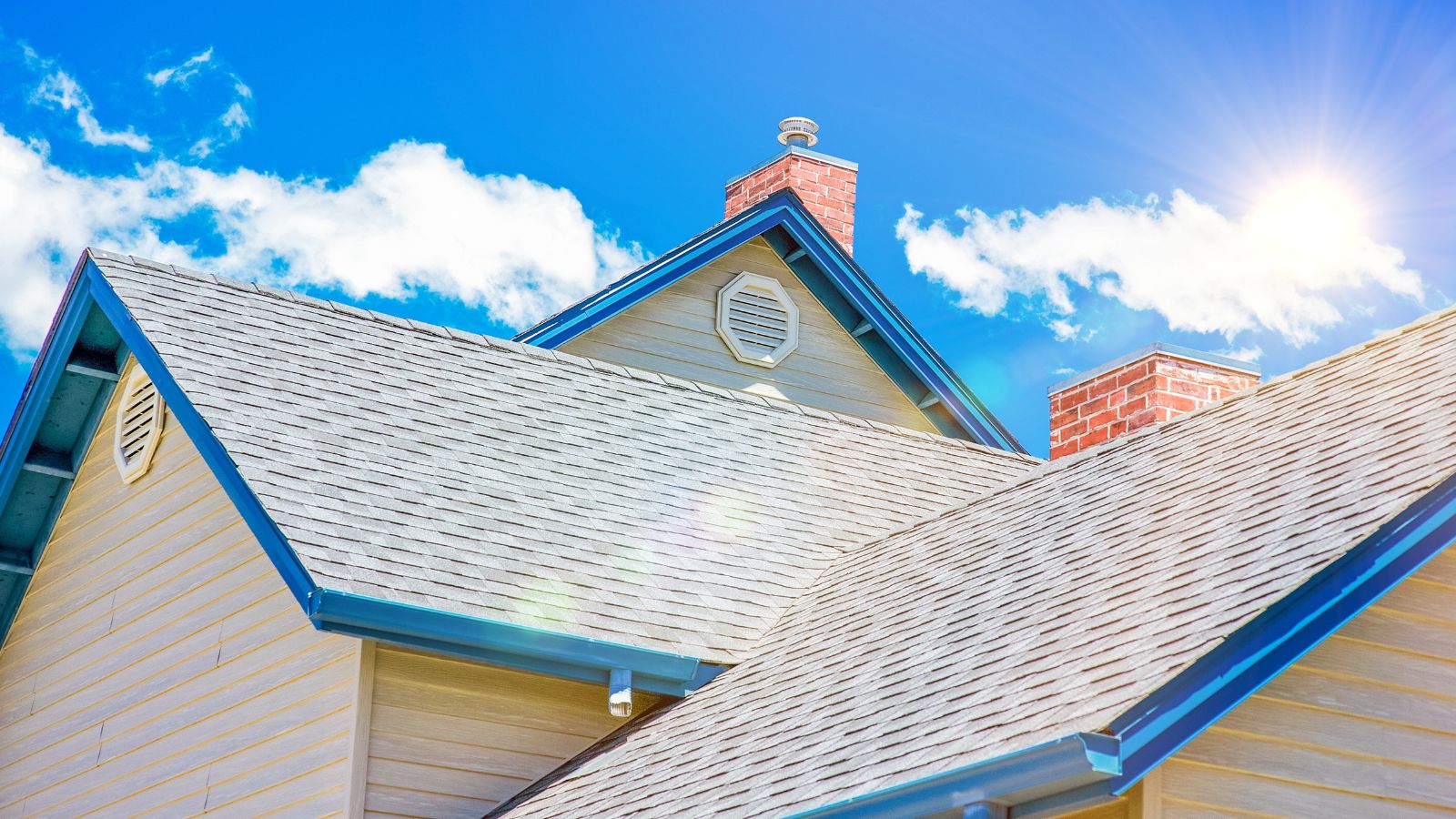Your roof plays a crucial role in shielding your home from the elements. Keeping it in top condition ensures long-term protection and reduces the need for costly repairs. Exploring the right solutions can make all the difference visit site for insights on durability and efficiency.
Regular Roof Inspections
Routine inspections help identify potential issues before they turn into significant problems. Look for missing or cracked shingles, damaged flashing, or signs of water stains on ceilings. Inspecting after storms is especially beneficial, as high winds and heavy rain can cause unseen damage. Professionals recommend checking your roof at least twice a year—once in the spring and again in the fall. Spotting early warning signs like curled or blistered shingles allows for timely repairs and prevents worsening damage.
A good practice is to document changes. Take photos of your roof periodically and compare them over time. Noting subtle changes in wear and tear can highlight problems before they escalate.
Clearing Debris And Managing Drainage
Leaves, branches, and other debris can accumulate, trapping moisture and leading to mold growth or structural damage. Cleaning gutters and downspouts ensures proper water flow, preventing buildup that could lead to leaks or ice dams in colder climates.
Blocked drainage can cause water to pool around the foundation, leading to structural issues. Installing gutter guards can reduce the accumulation of debris and make cleaning less frequent. Also, ensure that downspouts extend five feet from your home’s foundation to prevent water-related damage.

Choosing The Right Roofing Materials
Selecting high-quality roofing materials improves longevity and performance. Depending on climate and budget, asphalt shingles, metal roofing, and clay tiles offer unique benefits. A professional consultation helps determine the best choice for your home.
Asphalt shingles are the most common due to their affordability and durability. Though more expensive upfront, metal roofs provide excellent energy efficiency and a long lifespan. Clay and slate tiles add a sophisticated touch and can last over a century with proper care. Each material has specific maintenance requirements, so understanding what fits best for your climate is essential.
Sealing Leaks Promptly
Even small leaks can escalate into major damage. Water infiltration weakens structures and promotes mold growth. Addressing leaks as soon as they appear prevents long-term complications and stabilizes repair costs.
Common sources of leaks include cracked flashing, loose shingles, or worn-out sealants around vents and chimneys. Regularly inspecting these areas helps catch minor leaks before they develop into costly repairs. If a leak is detected, using roofing cement as a temporary fix can minimize damage until professional repairs are completed.
Ensuring Proper Ventilation
Good ventilation reduces moisture accumulation and heat buildup. Poor airflow can shorten the lifespan of roofing materials and increase energy costs. Ridge vents, soffit vents, and attic fans help maintain an optimal balance.
Warm air becomes trapped in the attic without proper ventilation, increasing indoor temperatures and raising cooling costs. During winter, trapped moisture can lead to ice dams, which may cause leaks. A balanced ventilation system keeps airflow consistent and prevents these problems.
Trimming Overhanging Branches
Nearby trees provide shade but can also pose a risk. Strong winds or heavy snowfall may cause branches to break, leading to damage. Keeping branches trimmed prevents unwanted impacts on the roof’s surface.
Trees dropping leaves and twigs can also clog gutters, leading to water buildup. Trim tree branches back at least six feet from your roof to minimize risks while maintaining the benefits of shade and aesthetics.

Avoiding High-Pressure Washing
While cleaning the roof is important, high-pressure washers can dislodge shingles or wear down protective layers. A gentle cleaning method with a low-pressure hose or specialized roof cleaner is safer.
Moss and algae growth can weaken roofing materials over time. Using a solution of water, mild detergent, and a soft-bristle brush removes buildup without causing damage. Preventative treatments, such as zinc or copper strips, help deter long-term moss and algae growth.
Reinforcing Your Roof Against Weather Extremes
Certain upgrades help strengthen roofing against harsh weather. Impact-resistant shingles, waterproof underlayment, and hurricane clips provide security in storm-prone areas. A well-prepared roof minimizes damage risks during severe conditions.
Securing shingles with additional fasteners in areas prone to high winds reduces the risk of blow-offs. Investing in a secondary water barrier beneath shingles prevents leaks if the primary roofing layer sustains damage. For homes in regions with heavy snowfall, ensuring the roof structure can support additional weight is crucial to preventing collapse.
Energy-Efficient Roofing Options
Energy-efficient roofing materials reduce cooling costs and improve indoor comfort. Reflective roofing surfaces, cool roof coatings, and proper insulation minimize heat absorption. Light-colored materials reflect sunlight better than dark ones, lowering attic temperatures and reducing strain on air conditioning systems.
Installing solar panels on your roof can enhance energy efficiency while lowering electricity bills. Many modern roofing materials integrate solar-reflective technology, decreasing heat absorption and contributing to overall home efficiency.
Professional Roofing Assistance
Some maintenance tasks require expert knowledge. Professional roofers offer assessments, repairs, and upgrades that enhance durability. Their expertise ensures a safe and efficient outcome for major repairs or replacements.
Hiring a roofing professional provides peace of mind. They can identify hidden issues, suggest cost-effective solutions, and complete repairs safely. Roofing warranties often require professional installation and maintenance to remain valid, making professional assistance a valuable investment.

Seasonal Roofing Maintenance Tips
Each season presents unique challenges. In spring, check for winter damage and clean gutters. Summer heat can cause expansion and contraction in roofing materials, making it essential to inspect for cracks. In fall, remove leaves and prepare for winter weather. Winter requires monitoring for ice dams and heavy snowfall accumulation.
Preparing for seasonal changes keeps roofing systems in optimal condition year-round. Adapting maintenance habits to weather conditions prevents long-term issues and extends the roof’s lifespan.
Conclusion
Smart roofing solutions protect your home from damage while improving longevity and efficiency. Regular care, proper material choices, and timely repairs keep your roof in peak condition for years. Taking a proactive approach minimizes costly repairs and ensures your home remains secure in various weather conditions.



